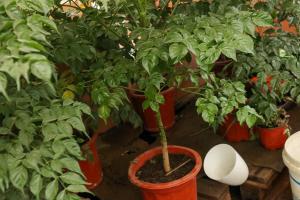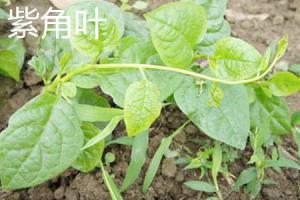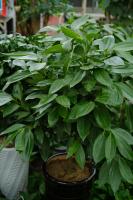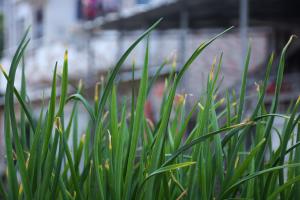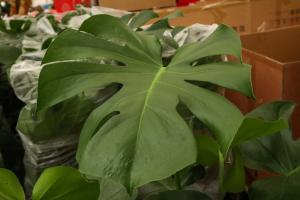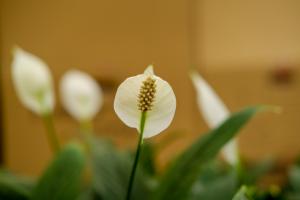What are the White Spots on my Rubber Tree Plant
As a houseplant enthusiast, you may have noticed white spots appearing on your rubber tree plant, also known as Ficus elastica. These spots can be alarming, especially if you don't know what they are or how to address them. This article will explore the causes of white spots on rubber tree plants and the measures you can take to prevent and treat them.
Causes of White Spots on Rubber Tree Plants
White spots on rubber tree plants can be caused by a variety of factors, including pest infestations, fungal infections, and environmental stress.
Pest Infestations
Rubber tree plants are susceptible to infestations from pests like spider mites, mealybugs, scale insects, and thrips. These pests can cause white spots on the leaves, which are actually their feeding sites. As the pests feed and reproduce, the number of white spots will increase, and the infestation can spread to other parts of the plant.
Fungal Infections
Fungal infections can also cause white spots on rubber tree plants. One of the most common fungal infections that affect rubber tree plants is powdery mildew. Powdery mildew appears as a white powdery substance on the leaves and stems, and it can be caused by high humidity, poor air circulation, and overwatering or under-watering the plant.
Environmental Stress
Environmental stress can also cause white spots on rubber tree plants. For example, exposure to direct sunlight can cause the leaves to develop white spots and turn yellow. Similarly, exposure to cold drafts or sudden changes in temperature can cause small white spots to appear on the leaves.
Prevention and Treatment of White Spots on Rubber Tree Plants
To prevent and treat white spots on rubber tree plants, you need to take measures that address the underlying cause of the problem. Here are some tips:
Check for Pest Infestations
If you suspect that pests are causing the white spots on your rubber tree plant, inspect the plant thoroughly. Look for small insects, webs, or other signs of infestation. If you find any pests, you can remove them manually, or you can use insecticidal soap or neem oil to treat the plant. Repeat the treatment every week until the infestation is under control.
Treat Fungal Infections
If your rubber tree plant has powdery mildew or another fungal infection, you can try to treat it by increasing the air circulation around the plant, reducing humidity levels, and avoiding overwatering. You can also use a fungicide spray to treat the plant. Be sure to read the instructions carefully, and follow the recommended dosage and frequency of application. Avoid getting the fungicide on the soil, as it can harm beneficial soil microbes.
Avoid Environmental Stressors
To avoid environmental stressors, keep your rubber tree plant in a location that is bright but indirect. Try to maintain a consistent temperature and humidity level, and avoid exposing the plant to cold drafts or hot, dry air. Water the plant consistently, but don't over-water it. Allow the soil to dry out slightly between waterings.
Conclusion
By understanding the causes of white spots on rubber tree plants and taking measures to prevent and treat them, you can keep your plant healthy and beautiful. Regular inspection and care can help you catch and address problems before they become severe. With proper care, your rubber tree plant can thrive and add a touch of green to your home or office.

 how many times do yo...
how many times do yo... how many planted tre...
how many planted tre... how many pine trees ...
how many pine trees ... how many pecan trees...
how many pecan trees... how many plants comp...
how many plants comp... how many plants can ...
how many plants can ... how many plants and ...
how many plants and ... how many pepper plan...
how many pepper plan...
